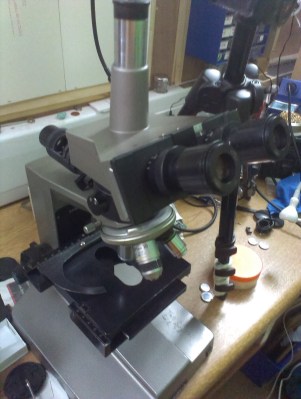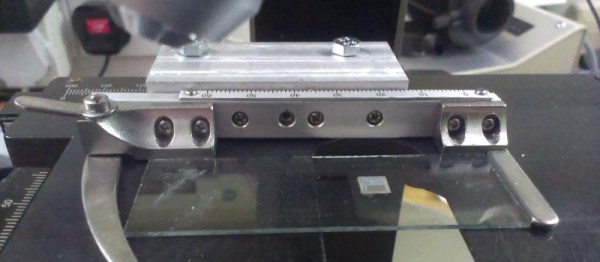For the generations who lived through the decades of the Space Race, the skies above were an exciting place. Every month it seemed there was a new announcement of a new mission, a Lunar landing, new pictures from a planetary probe, or fresh feats of derring-do from astronauts or cosmonauts. Space was inspiring!
As we moved through the Shuttle, Mir, and ISS eras, the fascinating work didn’t stop. The Mars rovers, the Cassini probe, the Chang-e Lunar mission, or the Hubble telescope, to name just a very few. But somehow along the way, space lost the shine for the general public, it became routine, mundane, even. Shuttle missions and Soyuz craft carrying ISS astronauts became just another feature on the news, eventually consigned only to the technology section of the broadcaster’s website. The TV comedy Big Bang Theory derived humor from this, when a character becomes an ISS astronaut, yet is still a nobody on his return to Earth.
If you yearn for a bit of that excitement from the Space Race days you may just find it in another story tucked away in the tech sections, though it comes from a collaboration rather than a competition. NASA and the Russian space agency Roscosmos have announced a partnership to take what will be the next step towards a future of deep space exploration, to place a manned space station in a Lunar orbit. The idea is that it would serve first as a valuable research platform for missions in deeper space than the current relatively low orbit of the ISS, and then as a launch base for both lunar missions and those further afield in the Solar System.
Of course, there is no lunar-orbiting station, yet. There is a long and inglorious history of proposed space missions that never left the drawing board, and this one may yet prove to be the next addition to it. But what are real are the two indisputable facts, that NASA and Roscosmos have inked this partnership, and eventually there will have to be a replacement for the ISS. This project stands a good chance of being that replacement, which makes it of great interest to anyone with an interest in technology. It’s a little out of the world of usual Hackaday fodder, but if you are like us you will want to believe that one day it will be launched.
Even with a lunar orbiting space station, it will be a very long time indeed before we see manned missions going significantly further into the Solar system. Perhaps another approach is required to go further, a laser-driven silicon wafer aimed at a nearby star.
Moon image: 阿爾特斯 [CC BY-SA 3.0].
 [Amen] wanted to inspect ICs on the PCBs for suitability for reuse, so he bought a metallurgical microscope that illuminates from above rather than below, since it normally looks at opaque things. It has a working distance of 0.5 mm and 10 mm, which isn’t a lot of room to solder.
[Amen] wanted to inspect ICs on the PCBs for suitability for reuse, so he bought a metallurgical microscope that illuminates from above rather than below, since it normally looks at opaque things. It has a working distance of 0.5 mm and 10 mm, which isn’t a lot of room to solder.

















